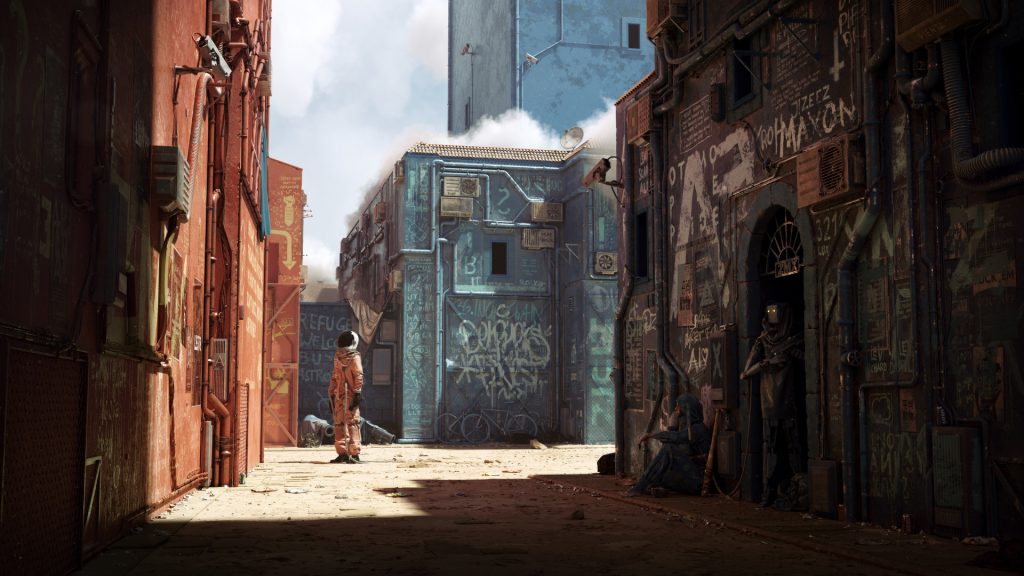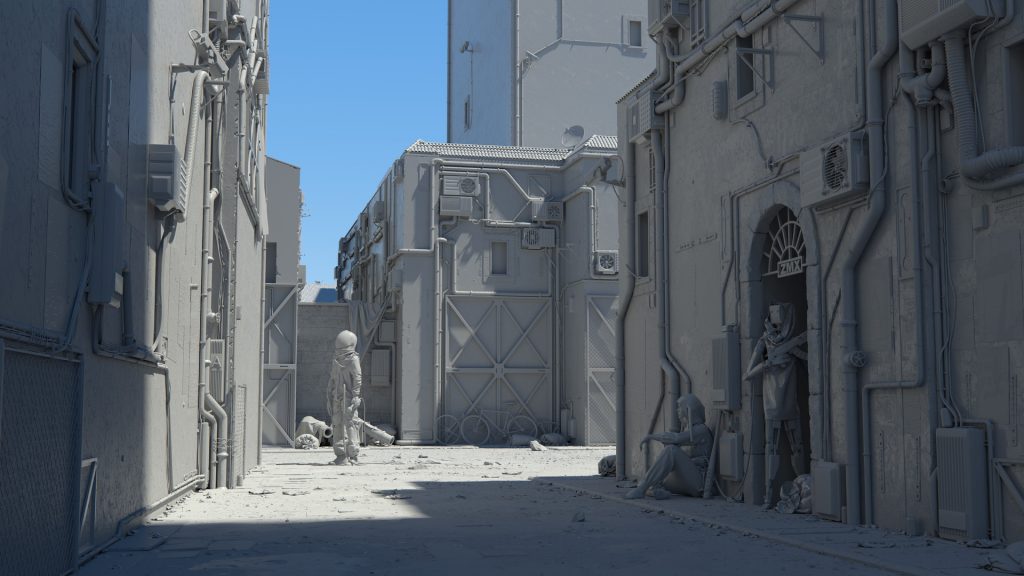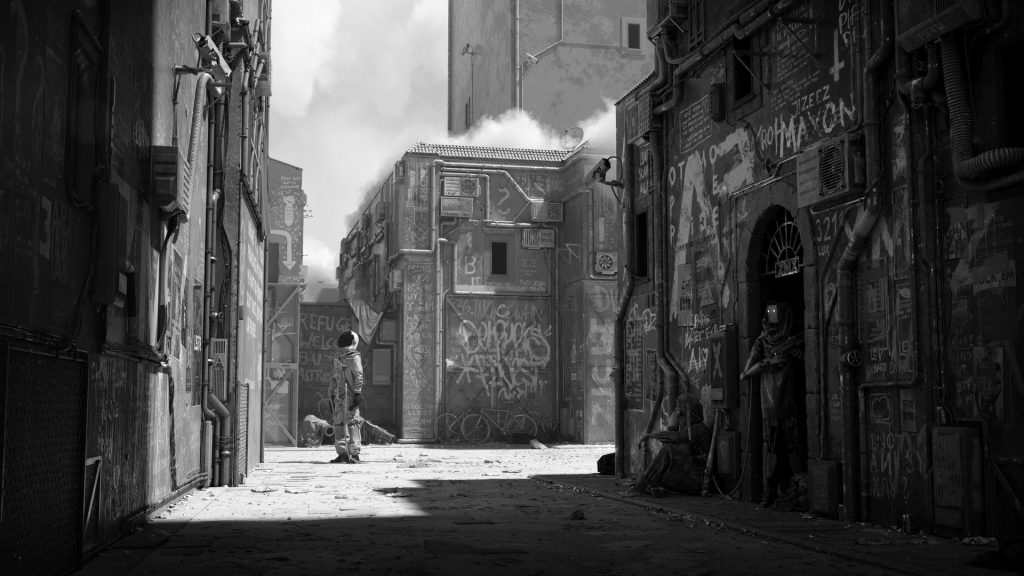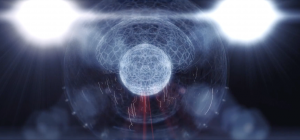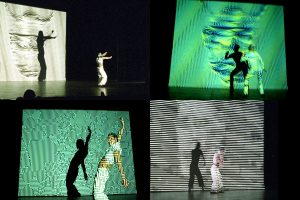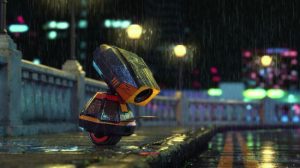Chris Bjerre worked as a part of the motion design and visual effects team that helped create the promotional teaser for American Horror Story: Cult, the seventh season of the television series. Among the multiple eerie scenes included in the video, the striking face loop is my personal favorite. The hypnotising rotation of the countless identical faces and the lack of color and light create a beautiful yet petrifying scene that successfully catches the viewer’s attention. Additionally, the visual and auditory elements work together to create an extremely unsettling mood throughout the piece.
Scenes from the promotional teaser:
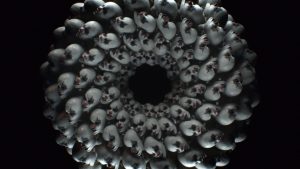
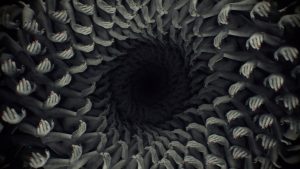

I also love other works by Bjerre, mainly due to their simple yet complex visual structures. Some include Echoes, an exploration of the infinite nature of fractal geometry, and Void, a video work that reflects on the art of creation.
![[OLD FALL 2017] 15-104 • Introduction to Computing for Creative Practice](https://courses.ideate.cmu.edu/15-104/f2017/wp-content/uploads/2020/08/stop-banner.png)
